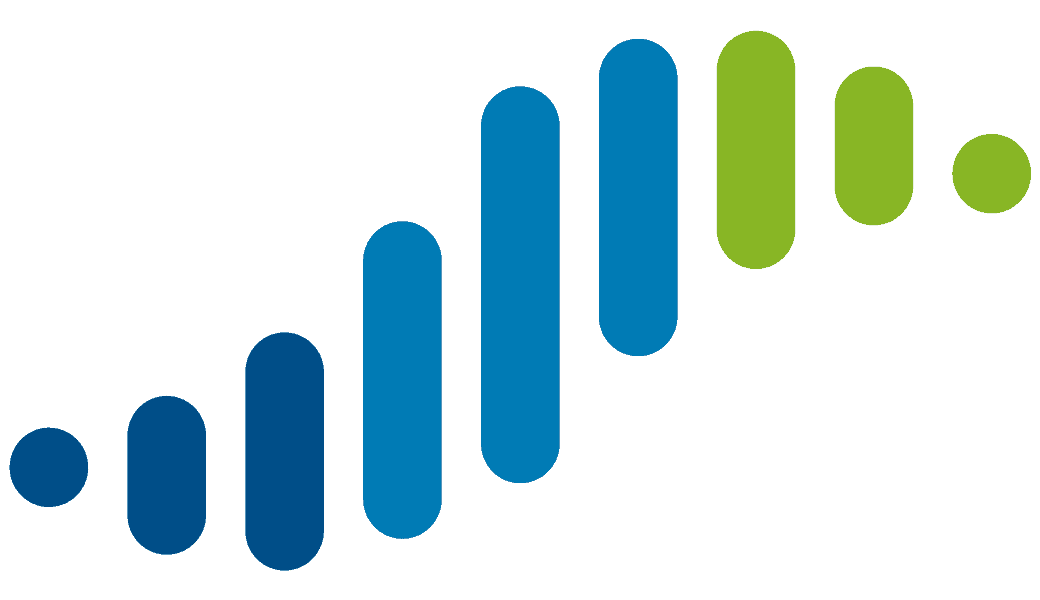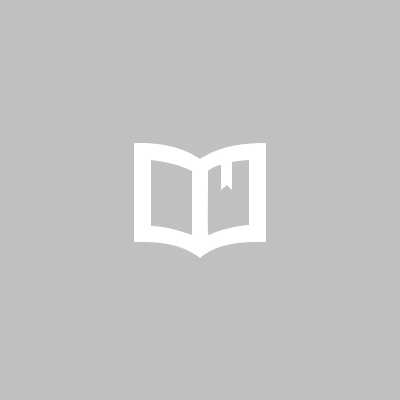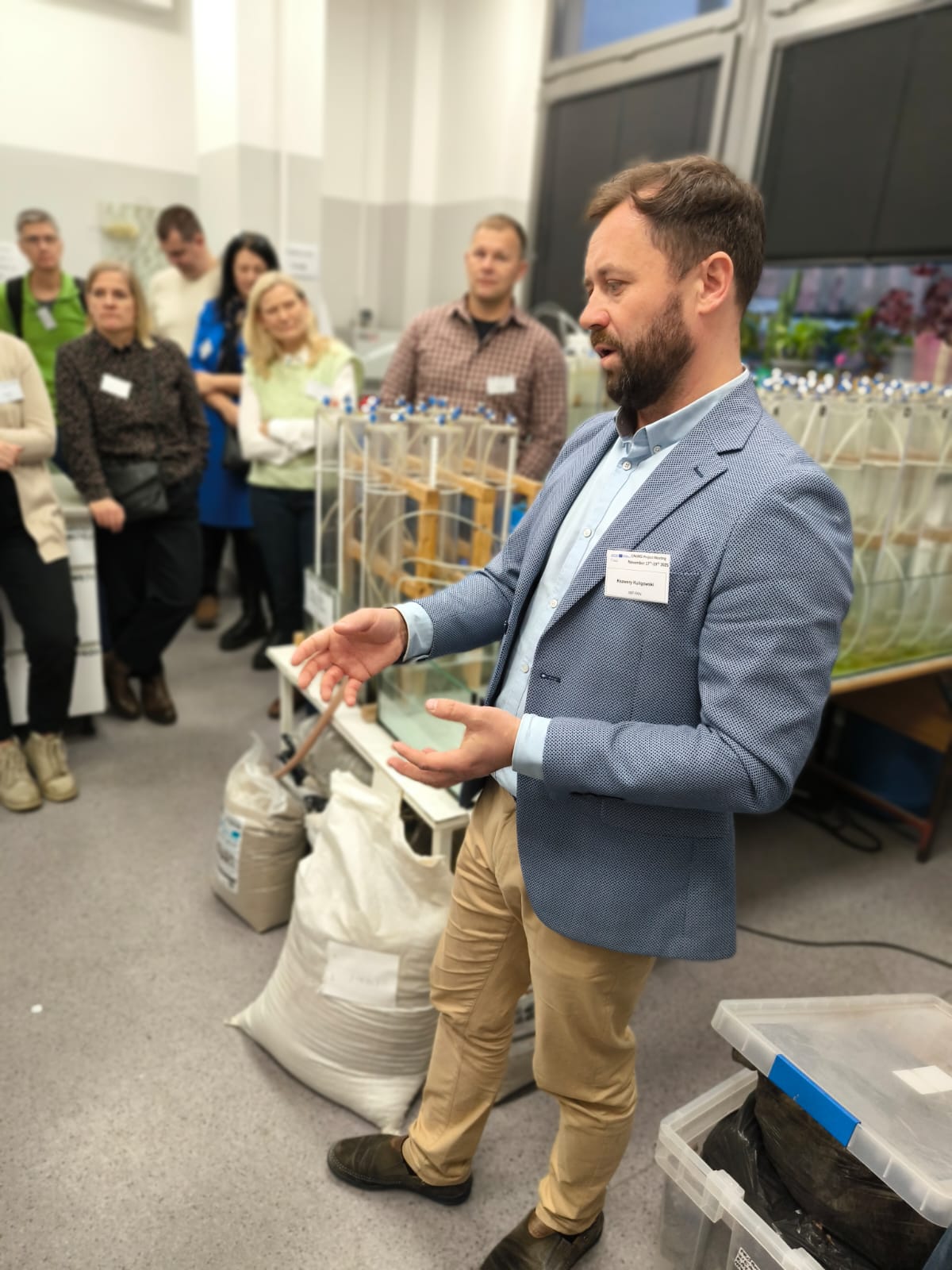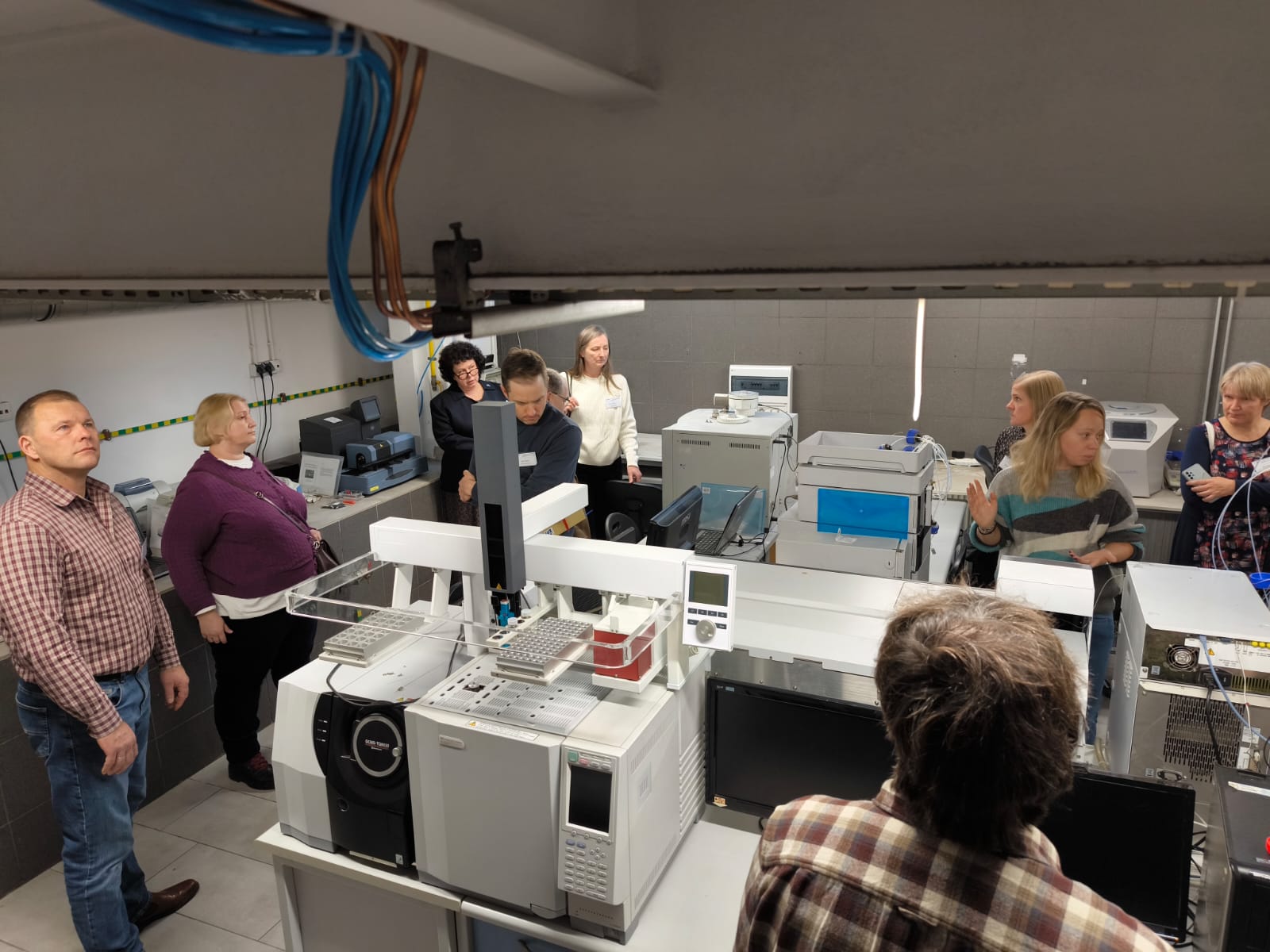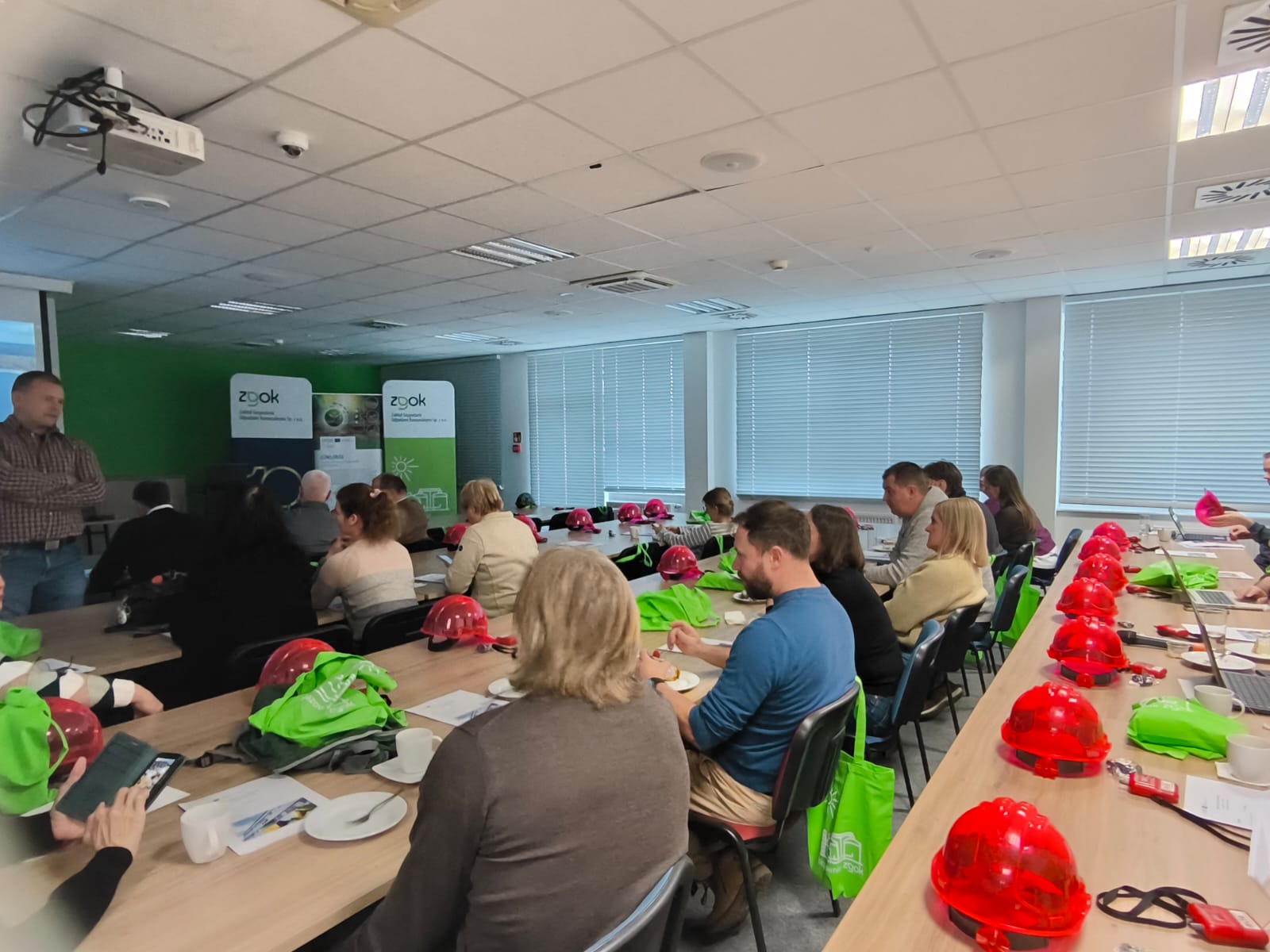
CiNURGi Project Meeting in Gdańsk Showcases Results and Sets Steps for 2026
24 November 2025
The CiNURGi project meeting was hosted by the Institute of Fluid Flow Machinery of the Polish Academy of Sciences (IMP PAN), located in Gdańsk. IMP PAN is a leader of a work package in CiNURGi focusing on piloting solutions. Their expertise in fluid mechanics and engineering supports many project activities.
The programme included a study visit to the Olsztyn municipal waste management plant, where participants explored practical nutrient recovery processes. During the visit to Olsztyn, participants also got to engaged with Zakład Gospodarki Odpadami Komunalnymi (ZGOK) Sp. z o.o., the municipal waste management operator overseeing the plant. ZGOK is a CiNURGi project partner and a public-sector company owned by 37 municipalities in the Warmian-Masurian region. The facility plays a vital role in the region’s waste processing.
Having reached the half-way point of the project last spring, the CiNURGi project meeting featured several new project results. Part of these project results have already been shared on the project homepage, while some reports will be published shortly. At the heart of the discussions were fresh insights from the work done on assessing the nutrient recycling potential in the Baltic Sea Region, the draft report on industry standards, and the analysis of the market evaluation and development in nutrient recycling.
CiNURGi has carried out a comprehensive assessment of nutrient recycling across the Baltic Sea Region, covering agricultural, municipal, and industrial biomasses. The analyses show that the availability of recyclable nutrient-rich varies significantly between countries and regions, which has important implications for targeting recycling efforts. To support decision-making, CiNURGi has compiled two reports as well as a database mapping the nutrient content (nitrogen, phosphorus) of these biomasses.
Another major milestone is the draft industry standards report for recycled nutrient fertilizers. The draft report establishes a practical evaluation framework covering agronomic performance, storage, field application, and handling, in line with EU Fertilising Products Regulation (EU) 2019/1009. This report laid the foundation for further work within CiNURGi, as we endeavour to contribute to the HELCOM Baltic Sea Action Plan action E33, which calls for the development of recycled nutrient fertiliser safety requirements by 2027 and for the minimisation of harmful compounds to ensure compliance.
The project has also analysed the market potential for nutrient recycling solutions, focusing on economically viable and environmentally beneficial approaches. CiNURGi identified 24 innovative nutrient recycling solutions and selected 11 for detailed evaluation. The team behind the analysis developed a custom method to assess environmental and climate impacts (Nutrient Recycling Impact, NRI), greenhouse gas emission reductions (Direct Emission Reduction Impact, DERI), and social cost (Guiding Social Cost, GSC) of these solutions. Findings suggest large variability in performance: some recycling value chains are very promising, but in many cases recycled nutrients remain more expensive than mineral fertilizers when societal costs are considered.
Given that 2026 is the final year of CiNURGi, the Gdańsk meeting focused strongly on momentum for the last phase. The focus for next year will be on completing ongoing pilots, and their results will be disseminated to reach regional authorities, farmers, industry stakeholders, and research networks. Participation in events such as the ESNI-NERM conference were confirmed and regional policy dialogues will continue under the HELCOM framework. The Gdańsk meeting highlighted how far the initiative has come in building a foundation for a circular nutrient economy in the Baltic Sea Region. The newly presented results provide a robust basis for continuing project activities.
The next full project meeting will take place in 2026, focusing on final reporting and a strong dissemination push to ensure that CiNURGi’s legacy continues well beyond its formal end date.


